By supplychainreport
BEIJING, June 9 — China’s export growth eased to a three-month low in May, while producer prices fell at the fastest pace in nearly two years, signaling growing headwinds for the country’s economic recovery.
According to customs data released Monday, total exports rose 4.8% year-on-year in May, decelerating from April’s 8.1% growth and below analysts’ expectations of a 5.0% gain. Imports contracted 3.4%, widening from a 0.2% decline the previous month and undershooting forecasts of a 0.9% drop.
Shipments to the United States saw a notable decrease, falling 34.5% year-on-year in value terms, the sharpest contraction since early 2020. Analysts attributed the slump to recent adjustments in trade policies and intensified customs inspections, particularly affecting categories such as rare earth elements and electric machinery.
Despite some easing of tariffs in April, businesses continued to face elevated uncertainty around trade regulations. Recent dialogue between trade officials aims to address these challenges, with discussions resuming in London following a call between top government representatives.
Imports from the United States also weakened, declining 18.1% in May after a 13.8% fall in April. As a result, China’s overall trade surplus rose to $103.22 billion, up from $96.18 billion the previous month.
Commodity import volumes also declined, with shipments of crude oil, coal, and iron ore all falling. The slowdown underscores challenges in domestic demand amid subdued consumption and continued adjustments in industrial activity.
In response, Chinese authorities have introduced several monetary support measures, including benchmark interest rate cuts and a 500 billion yuan low-cost loan initiative aimed at boosting elderly care services and domestic consumption.
Price data released the same day showed further deflationary trends. The Producer Price Index (PPI) dropped 3.3% in May from a year earlier — its steepest decline in 22 months. Consumer prices also declined by 0.1%, while core inflation (excluding food and energy) saw a modest 0.6% year-on-year increase.
Analysts caution that soft domestic demand, coupled with persistent industrial overcapacity, may extend deflationary pressures through the rest of the year. Retail sales growth remains sluggish, and some companies are adjusting pricing strategies in response to consumer demand. U.S. coffee chain Starbucks announced a 5 yuan price cut on select iced beverages in China as part of its market response.
Market reactions to the data were limited. China’s CSI300 and Shanghai Composite indices edged up by around 0.2%.
#SupplyChainNews #ChinaEconomy #TradeUpdate #ExportTrends #EconomicData2025
















